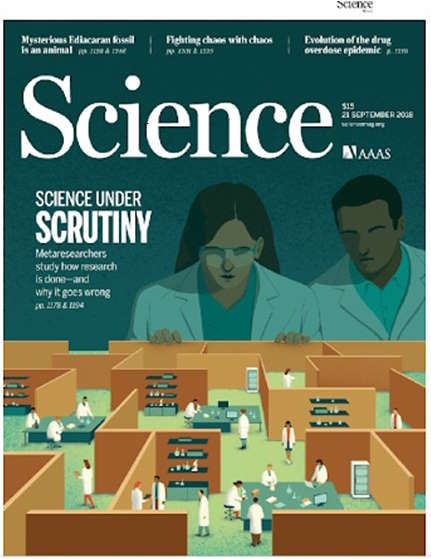We are a team of biotechnology college level educators and writers who believe that our students’ success in biotechnology careers relies on mastering basic methods and concepts. While basic activities, like preparing a buffer, are less glamorous than editing DNA or producing gene therapy products, the remarkable accomplishments of biotechnology are possible only when the most basic work is done properly. Our work therefore focuses on fundamental methods and concepts that biotechnologists must master.
But What Are Those Basic Methods and Concepts?
Initially, like most scientists, we thought about beginning molecular biology techniques, like restriction enzyme analysis. But success in molecular biology requires yet more basic skills. For example, molecular biology processes occur in aqueous solutions, so we explore solution preparation. Preparing aqueous solutions properly and consistently is not trivial, nor is it quickly mastered. It requires underlying skills including:
- Performing calculations relating to concentration, including those involving solutions with more than one component (a task seldom taught in students’ chemistry courses).
- Interpreting biological solution “recipes” that are often written in a shorthand format.
- Weighing chemicals accurately and consistently, including understanding operation, maintenance, and calibration of balances and the impact of factors like temperature and static charge.
- Measuring volumes accurately and consistently.
- Obtaining ultrapurified water.
- Bringing a buffer to the proper pH accurately and consistently.
- Documenting work meticulously.
As time went on, we realized that fundamental, basic methods tend to have underlying principles. For example, there are basic principles of measurement, such as the requirements for accuracy and precision, that are applicable whether one is measuring weight, volume, length, pH, light absorption, etc. Similarly, thousands of assays are performed every day in research laboratories, quality control laboratories, and on production floors. Assays test a wide range of sample parameters, such as their chemical content, activity, and so on. But, despite their variety, assays, like measurements, have common requirements. They must provide accurate and reproducible results. Ideas like linearity and range apply to many assays.
A Quality Mindset
We therefore began to explore, teach, and write about underlying principles. We initially thought of our work as relating to the biotechnology laboratory (and titled our books as such) but fundamental concepts apply broadly to research, testing, and production settings. For example, reducing variability – enhancing reproducibility – is vital in any biotechnology setting. We now see that our work bridges the divide between biotechnology’s birth in the research laboratory and its fruition in a biomanufacturing setting. Beginning professionals must develop a “quality mind-set” and learn to work thoughtfully, aware of the many factors that can cause error and inconsistency. We call our basic laboratory course “Basic Laboratory Methods in a Regulated Environment” to emphasize that principles of quality are fundamental.
While it may be obvious that this approach helps prepare students to work in a company that is compliant with the Food and Drug Administration’s good manufacturing regulations, the same principles apply to all biotechnology settings. After all, no one wants a product that is not of good quality. Research laboratories produce a product—knowledge—which must be of good quality to be useful.
The Reproducibility Crisis
In recent years, the scientific community has become aware of, and in some cases alarmed by, the irreproducibility of some critically important published studies, as illustrated in the Science cover above. In October 2022, the National Science Foundation responded to this concern in a Dear Colleague letter stating: “… NSF reaffirms its commitment to advancing reproducibility and replicability in science…” Quality, reproducibility, and replicability are inextricably linked in the regulated biopharmaceutical realm and in the research world. Our students, regardless of their ultimate career destination, need to begin on their pathway with a thoughtful approach to the fundamentals

